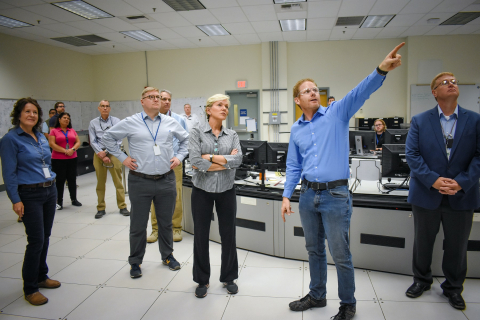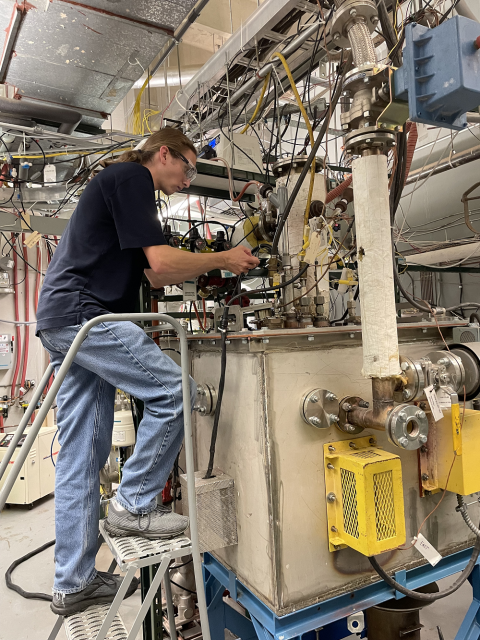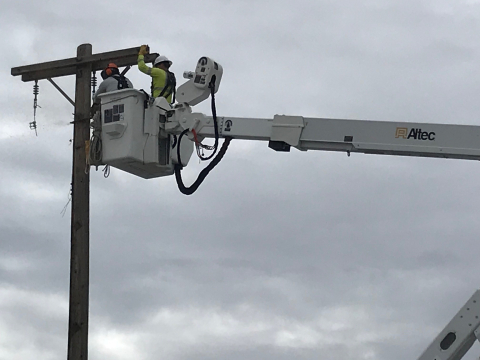
During a visit to Hanford last week, Energy Secretary Jennifer Granholm highlighted DOE’s commitment to addressing the environmental legacy near communities such as the Tri-Cities, Washington, that supported national defense programs for many decades.

Operations and commissioning team members from the Waste Treatment and Immobilization Plant (WTP) at the Hanford Site enhanced their knowledge of melters during a recent visit to the Vitreous State Laboratory (VSL) at The Catholic University of America.

Following completion of demolition and other cleanup work at the former Plutonium Finishing Plant (PFP) at the Hanford Site, EM contractor Hanford Mission Integration Solutions (HMIS) recently finished disconnecting decades-old lines.
Processes, systems and workers continue to come together as the Hanford Site draws closer to a monumental step in cleanup — treating and disposing of tank waste.
EM Office of River Protection tank operations contractor Washington River Protection Solutions (WRPS) is preparing to begin retrieving chemical and radiological waste from another massive underground storage tank at the Hanford Site.
Brian Vance, manager of the EM Office of River Protection and Richland Operations Office, connected with leaders of communities near the Hanford Site at a recent Energy Communities Alliance forum on hosting new nuclear development.
Staff at the Low-Activity Waste (LAW) Facility at the Waste Treatment and Immobilization Plant (WTP) are preparing to install 18 temporary heaters to start up the first of the facility’s two 300-ton glass melters.
The Hanford Site received a StormReady designation from the National Weather Service (NWS).
Twenty years ago, a mock-up single-shell tank on the Hanford Site went into service, allowing workers to safely test prototype systems and train in a nonradioactive environment.
The area near the Hanford Site’s former K Reactors is buzzing with activity as several environmental cleanup projects continue to reduce risk near the Columbia River.

